Everything you need to know about specifications and performance - Toyota Highlander 2016 - 3.5 V6 (296 Hp) 4x4 Automatic

Overview:
What is the engine capacity of a Toyota Highlander 2016?
The engine capacity of the Toyota Highlander 2016 is 3456.
Toyota Highlander 2016 How many horsepower?
The engine power of the Toyota Highlander 2016 is 296 Hp @ 6600 rpm..
What is the Toyota Highlander 2016 engine?
Toyota Highlander 2016 engine is 2GR-FKS. (Click to see other cars using the same engine)
How much gasoline does a Toyota Highlander 2016 consume?
The Toyota Highlander 2016 consumes 10.7 liters of gasoline per 100 km
What is the recommended oil for a Toyota Highlander 2016 engine?
The recommended oil for a Toyota Highlander 2016 car engine is 0W-20.
What type of camshaft transmission system is used in a Toyota Highlander 2016 engine?
chain is used to transmit motion.
General:
Engine:
Performance:
Space:
dimensions:
Powertrain, Suspension and Brakes:
See also

Last generation.
Its production began in 2022 until Now
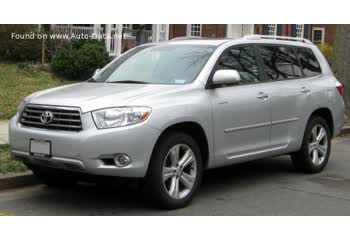
Other generation.
Its production began in 2007 until 2010
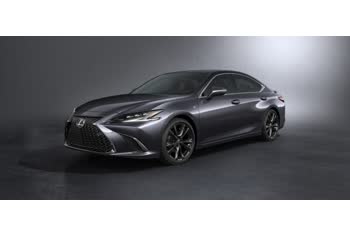
Same engine. (2GR-FKS).
Its production began in 2021 until Now
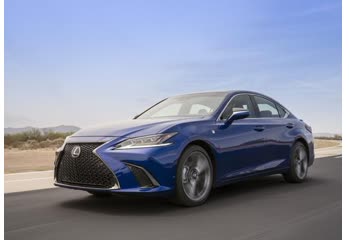
Same engine. (2GR-FKS).
Its production began in 2018 until 2021
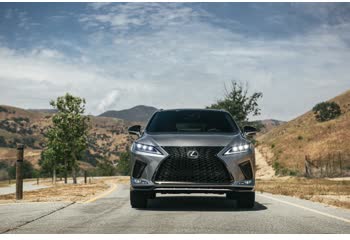
Same engine. (2GR-FKS).
Its production began in 2019 until 2022
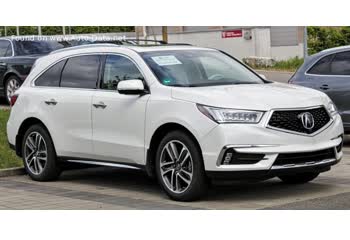
Same production year and almost the same engine capacity.
Its production began in 2016 until 2020
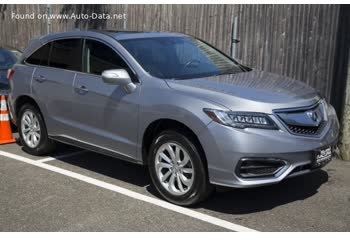
Same production year and almost the same engine capacity.
Its production began in 2016 until 2018

Write a comment